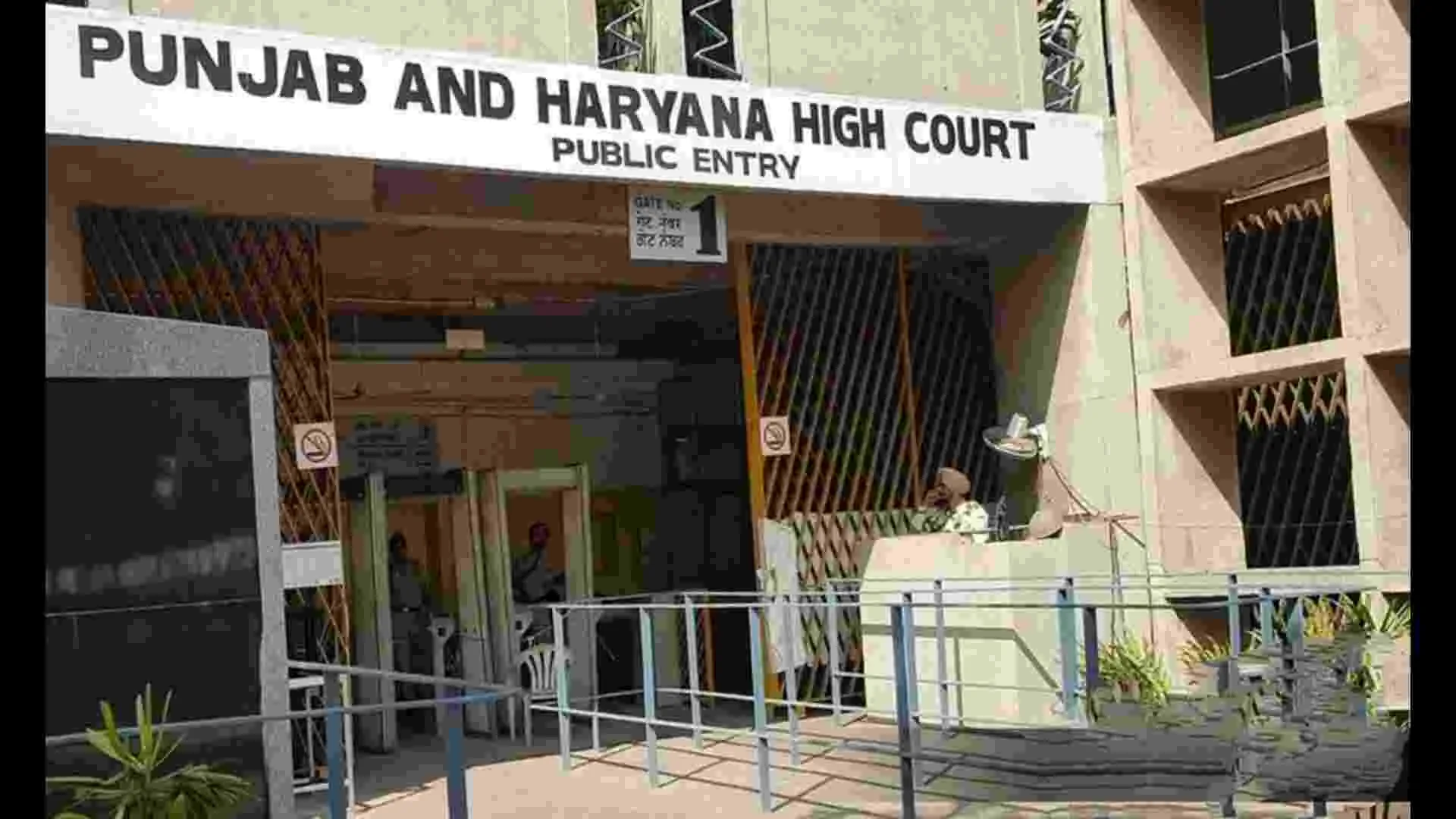WHAT IS GLUTEN?
Gluten is a protein founds in wheat and wheat-based products, barley and rye. Wheat contains significant content of gluten and is widely consumed in the form of chapatis, bread, pasta, noodles, and other preparations.


Gluten is responsible for the elastic and soft texture and contains two fragments: glutenin and gliadin, the former is responsible for the adverse impact it has on your gut health and hormones.
WHY IS CONSUMING GLUTEN AN ISSUE AS OF TODAY?
The quality of the wheat grain is now altered and hybrid varieties are now available. This has an impact on the concentration and effect of the protein fractions on our system. It is crucial to know that there is a difference between gluten intolerance/ sensitivity and celiac disease.
GLUTEN-INTOLERANCE VS CELIAC DISEASE
Our gut contains specific enzymes for the breakdown of these proteins. If the enzyme function is not appropriate, there is incomplete digestion of gluten and causes damage to the finger-like projections in the lining of the gut called villi causing digestive issues as seen with a child having gluten intolerance or sensitivity to gluten.
Whereas, celiac disease in children is often an inherited and autoimmune condition as gluten triggers an immune reaction that targets cells within the gut. This causes damage to the very tight and protective lining of the intestine that prevents the entry of toxins and disease-causing infectious microorganisms in the gut.
As this gut-barrier function gets compromised it may result in a “leaky” and inflamed gut which may require a life-long restriction of gluten and gluten-containing products in the diet. You must lookout for red flags to non-celiac gluten sensitivity in your child:
1. Bloating
2. Diarrhea
3. Constipation
4. Abdominal Pain
5. Headaches
6. Fatigue
7. Brain fog
8. Skin rash
9. Nasal/ Asthma flares
10. Depression & Anxiety
Gluten is a part of the most common foods that might make eating at recess in school or birthday parties and even other times in your child’s life difficult to adjust to and adhere to. Thus, before randomly cutting out gluten from your child’s diet, take into account specific diagnostic tests, history of nutritional deficiencies, the pattern of eating, lifestyle factors, and an elimination diet protocol will further help rule out the same to avoid any misdiagnosis for your child’s condition. A pediatric expert’s recommendation and intervention will be crucial to help you make the correct choice for your child.
GLUTEN-FREE MEALS
Try these gluten-free meals for your family and kids and see if you feel an improvement in the above-mentioned symptoms and reach out to a qualified nutritionist/ dietitian for navigating this into your child’s daily diet ahead.
Breakfast: vegetable poha/oats pancake/ besan chilla/ eggs + milk
Mid-meal: seasonal fruit of your child’s choice
Lunch: dal-rice/ curd-rice with a side of vegetable sabzi of your child’s liking or mixed vegetable khichadi
Mid-Meal: roasted mixed nuts- almonds/ walnut halves/ pistacchio/ cashew nuts
Evening Snack: rice vermilli/ dosa or idli with coconut chutney
+ milk
Dinner: bajra/jowar/ragi/buckwheat/amaranth flour chapati done as a frankie or paratha with a filling of your child’s choice.
The writer is a Health Nutritionist & Holistic Wellness Coach.























